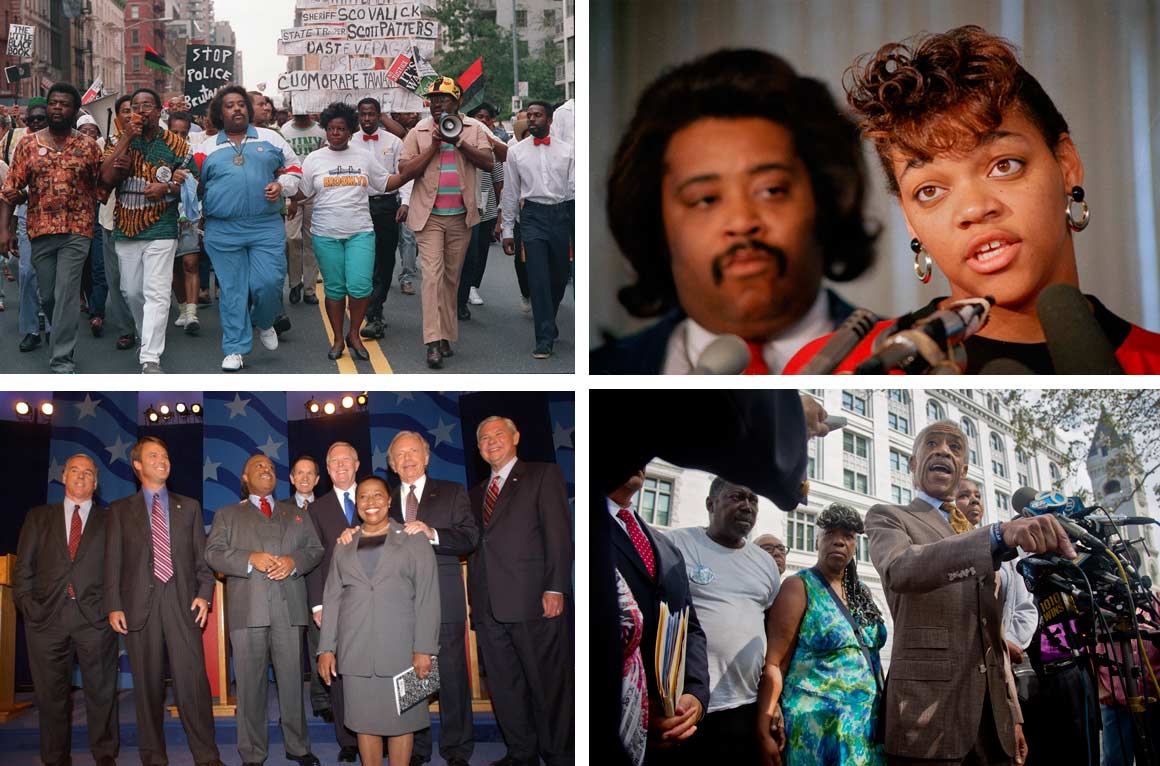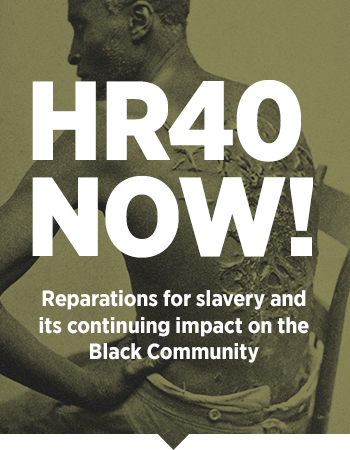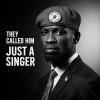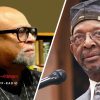By GLENN THRUSH
A few days after 18-year-old Mike Brown was gunned down in Ferguson, Missouri, White House officials enlisted an unusual source for on-the-ground intelligence amid the chaos and tear gas: the Rev. Al Sharpton, a fiery activist who became a household name by provoking rather than pacifying.
Sharpton—once such a pariah that Clinton administration officials rushed through their ribbon-cuttings in Harlem for fear he’d show up and force them to, gasp, shake his hand—arrived on the scene 72 hours after the shooting at the request of Brown’s grandfather, who had admired his advocacy on behalf of the family of slain Florida teen Trayvon Martin.
But if the old Al Sharpton would have parachuted into Ferguson to rile up the masses, the Obama-era Al Sharpton trod a more gingerly path to justice. Over the years, the 59-year-old former Brooklyn protest leader turned MSNBC talk-show host has embraced a new identity, one that reflects his evolution from agitator to insider with all that implies. In Ferguson, Sharpton established himself as a de facto contact and conduit for a jittery White House seeking to negotiate a middle ground between meddling and disengagement. “There’s a trust factor with The Rev from the Oval Office on down,” a White House official familiar with their dealings told me. “He gets it, and he’s got credibility in the community that nobody else has got. There’s really no one else out there who does what he does.”
And the White House, as the crisis following Brown’s death seemed to flare out of control, worked extensively behind the scenes to maximize The Rev’s doing what he does, using him as both a source of information and a go-between. After huddling with Brown’s family and local community leaders, Sharpton connected directly with White House adviser and First Friend Valerie Jarrett, vacationing in her condo in the exclusive Oak Bluffs section of Martha’s Vineyard, not far from where President Obama and his family were staying. Obama was “horrified” by the images he was seeing on TV, Jarrett told Sharpton, and proceeded to pepper him with questions as she collected information for the president: How bad was the violence? Was it being fueled by outside groups—and could Sharpton do anything to talk them down? What did the Brown family want the White House to do?
It was a heady consultation for Sharpton, who spent years on the outside dreaming of a place in the pantheon of the civil rights leaders he revered as a teenage street preacher in Brooklyn, and it’s an irony lost on no one that his rise to White House adviser has come thanks to Barack Obama, whose restrained personal style couldn’t be any more different from Sharpton’s. If anything, the Ferguson crisis has underscored Sharpton’s role as the national black leader Obama leans on most, a remarkable personal and political transformation for a man once regarded with suspicion and disdain by many in his own party. It’s a status made all the more surprising given that Obama, America’s first black president, ran on a platform of moving beyond the country’s painful racial divisions while Sharpton is the man who once defined those divisions for many Americans.
What brought them together, according to numerous sources I’ve spoken with about this over the years, is a shared commitment to racial justice, and a hardheaded pragmatism that has fueled their success. “He realized I wasn’t as irrational or as crazy as people thought,” Sharpton told me in an interview this week, and indeed Sharpton not only visits the White House frequently, he often texts or emails with senior Obama officials such as Jarrett and Attorney General Eric Holder, the first African American to hold that job and who, like Sharpton, views the Ferguson crisis as a pivotal one in Obama’s presidency.
“I’ve known Al since he was 12 years old, and he’s arrived at the level he always wanted to arrive at, which is gratifying,” the Rev. Jesse Jackson, a colleague and sometimes rival, told me. “He’s the man who’s the liaison to the White House, he’s the one who’s talking to the Justice Department.”
***
To get where he is Sharpton not only shed 150 pounds but much of his old bullhorn-in-your-face-bombast. When we talked this week, he was preparing remarks to be delivered at the funeral for Mike Brown in Ferguson planned for Monday. Sharpton said his critics ignore just how much time and experience has matured him. “I’ve grown to appreciate different roles and different people, and I weigh words a little more [carefully] now. I’ve learned how to measure what I say,” he said. “Al Sharpton in 1986 was trying to be heard. I was a local guy and was like, ‘Y’all are ignoring us’… That’s not the case now.”

The many incarnations of Rev. Al Sharpton, 1988-2014.
Yet the old image is indelible. Three decades ago, the overweight, track-suited, medallion-bedecked Sharpton led a rally against a white-owned clothing store in Harlem that was subsequently burned to the ground by a deranged black protester, killing eight people. Around that time, he was convicted of defaming a white upstate New York prosecutor he falsely accused of raping black teenager Tawana Brawley in the 1980s, an infamous case that made him famous as the caricature of an inflammatory inner-city preacher immortalized by Tom Wolfe in Bonfire of the Vanities. Sharpton often, regrettably, played to type: During the 1991 Crown Heights riots in Brooklyn, Sharpton stoked black rage after a Hasidic Jewish driver killed a young boy with his car. At the child’s funeral, Sharpton railed against Jewish “diamond merchants” who bought their wares from apartheid South Africa, then ran down black kids in Brooklyn. There was his much-mocked stint as an FBI informer in the 1980s. There were poorly managed mayoral and presidential bids that ended in tatters, and in deep debt.















